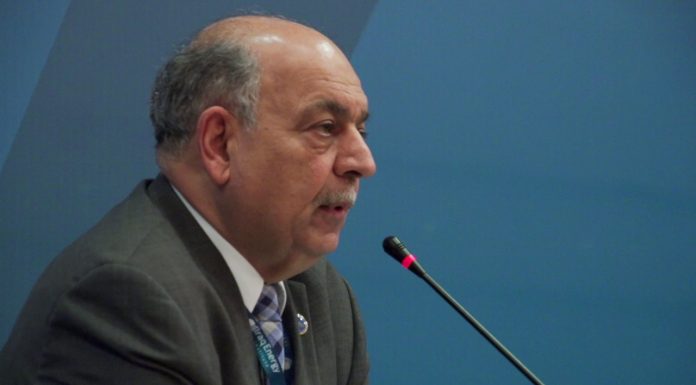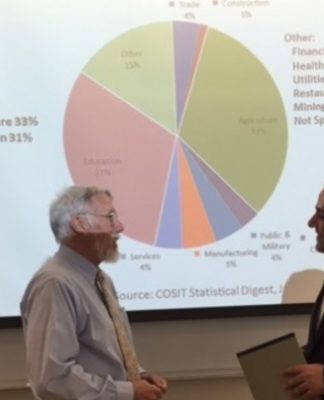
Iraq’s current and continuing plans for major oil production growth require pressure support for reservoirs, which is likely to be provided mainly by water injection. This study covers the need for water injection, the progress made to date, and future plans, for central and southern Iraq. It does not consider the fields in the autonomous Kurdistan Region as they are managed separately, are a long way from the Gulf and are more likely to use gas than water injection.
Iraq is the world’s fourth largest oil producer, after Russia, Saudi Arabia and the US, producing 4.56 million bpd in October 2016, before output was reduced to comply with OPEC targets, to 4.48 Mbpd (as reported by Iraq). This included about 0.6 million bpd from the autonomous Kurdistan region. Further ambitious plans for production expansion are continuing, primarily from the large southern fields around Basra. Currently estimated ultimate recovery factors average less than 30%, low by world standards, and indicating a need for improved recovery methods.
Iraq has a long history of using water injection on a relatively small scale, dating back to 1961. Water injection is the most appropriate recovery mechanism for most of the reservoirs in southern and central Iraq, would give the highest recovery factors and is technically relatively straightforward. Modern water injection following the fall of the Saddam Hussein regime has been applied by international oil companies developing fields in southern Iraq under technical service contracts. But widespread use of river water for injection has been discouraged because of the competing uses for agriculture and potable water, a continuing severe drought, and the reduction in water flow due to upstream dam construction in Turkey and Iran.
A comprehensive plan has been prepared from 2011 for a Common Seawater Supply Project (CSSP), initially managed by ExxonMobil, which would provide processed water from the Arabian Gulf for reinjection in the major fields. However the project has been repeatedly rethought and delayed and could not now be in operation before 2020 at the earliest. The CSSP plan as released by SOC has two phases, Phase 1 of 7.5 million barrels per day and Phase 2 adding 5 million bpd. However, in November 2016, the Ministry of Oil’s released a scaled down scheme, for 5 million bpd of initial capacity.
The original CSSP was costed at $12 billion, later increased to $18 billion, while the Phase 1 (of 7.5 million bpd) was estimated by the Ministry of Oil to cost $5.6 billion.
The CSSP, or some version of it, is highly economically attractive and delivers water (and therefore incremental oil production) at very moderate costs. Every year of delay, and the consequent loss of possible oil production, causes large losses to the Iraqi budget. The two main problems with implementation of the CSSP so far are project management; and financing.
Rather than a single megaproject, a series of logically integrated smaller steps may be easier to implement. A properly empowered team, reporting directly to the oil minister, could be established to drive the project forward. The CSSP should not be further complicated by bundling it with other projects, which has been proposed as part of the South Iraq Integrated Project. Instead of a direct government budget allocation, the CSSP could find alternative funding mechanisms underpinned by commitments from IOCs and national oil company-operated fields to use certain quantities of injection water.
Since the CSSP will at best not be operational for several years, interim solutions will be required, including alternative water sources, such as saline aquifers, river water where this is environmentally sustainable, waste-water, and smaller-scale projects using Gulf water.
The CSSP would ideally be part of an integrated national strategy for water, which would include the expected water supply from rivers and groundwater, and how much can be safely withdrawn; and the need for desalinated water. However, given the urgency and high value of the CSSP, and the potential delays and difficulties in coordinating with other ministries, it may be necessary to move ahead without a comprehensive plan.
Download Report








![Challenges of Oil & Gas Megaprojects [Report]](https://iraqenergy.org/wp-content/uploads/2019/12/Challenges-of-Oil-Gas-Megaprojects-Cover-356x364.png)













